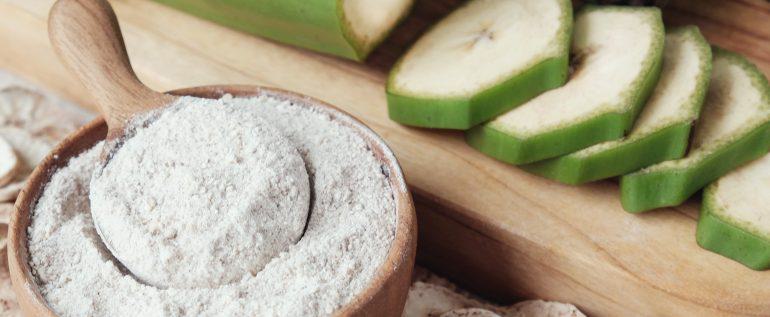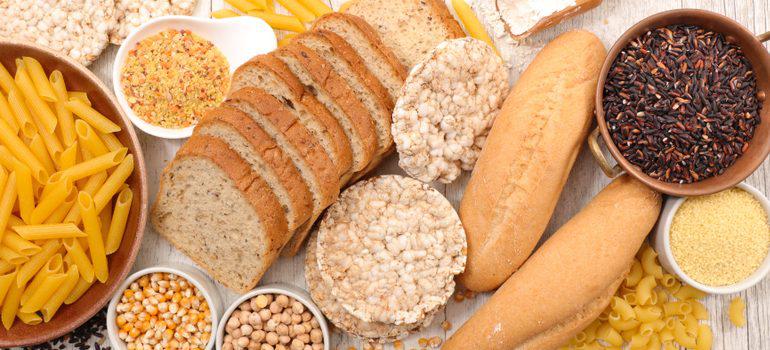


 This is the most basic piece to understand for substituting gluten in your recipes. It also seems to be the most confusing part of the entire gluten free movement. Gluten is not equivalent to any ingredient itselfinstead, gluten is a protein that is found in some ingredients that we use quite often. Specifically, gluten is found in the following grains: wheat, rye, and barley. The gluten protein is responsible for the overall texture of doughs that are made with these grains. It traps gasses in the dough during baking and helps make the dough rise as well as maintaining the structure of the dough. If you have ever stretched out dough, you are able to do that because of the gluten in the flour that you have used, although it is important to remember that the gluten is simply a part of the wheat, and not the wheat itself. This helps make substitutions more common, as you can still use other types of flour that do not contain wheat.
This is the most basic piece to understand for substituting gluten in your recipes. It also seems to be the most confusing part of the entire gluten free movement. Gluten is not equivalent to any ingredient itselfinstead, gluten is a protein that is found in some ingredients that we use quite often. Specifically, gluten is found in the following grains: wheat, rye, and barley. The gluten protein is responsible for the overall texture of doughs that are made with these grains. It traps gasses in the dough during baking and helps make the dough rise as well as maintaining the structure of the dough. If you have ever stretched out dough, you are able to do that because of the gluten in the flour that you have used, although it is important to remember that the gluten is simply a part of the wheat, and not the wheat itself. This helps make substitutions more common, as you can still use other types of flour that do not contain wheat.